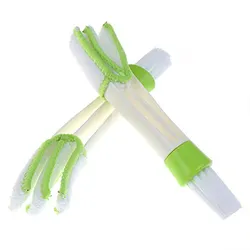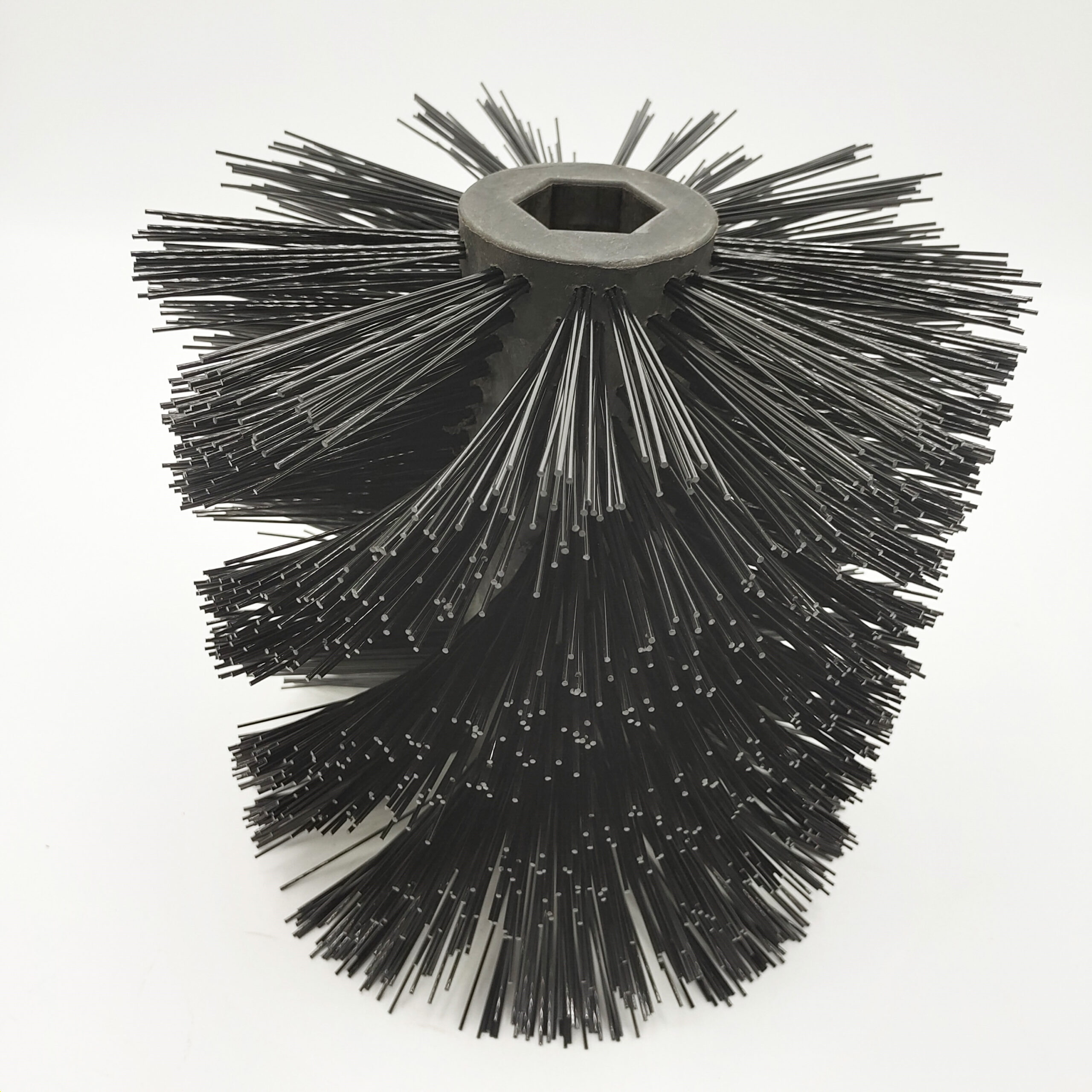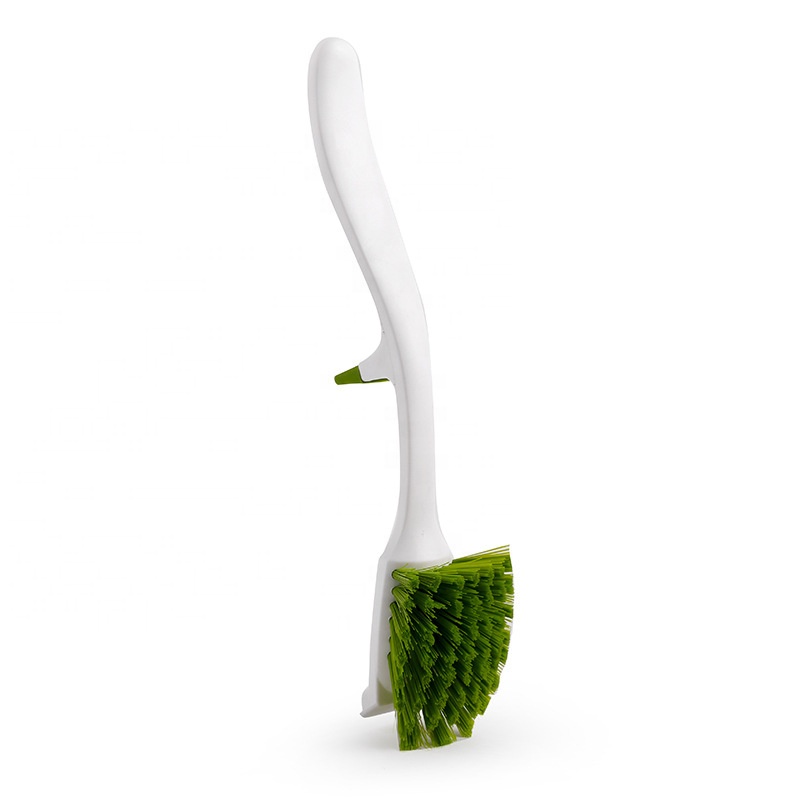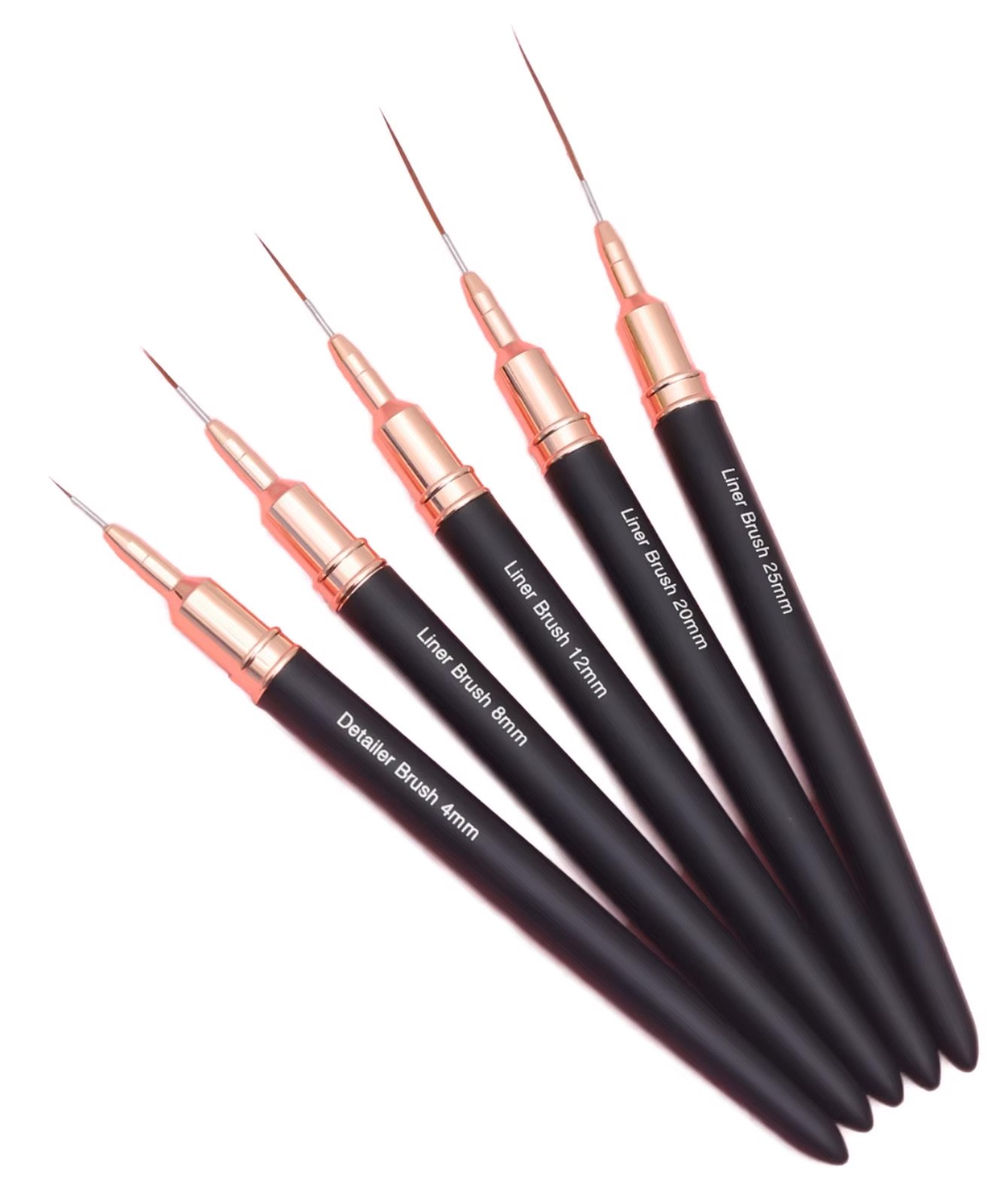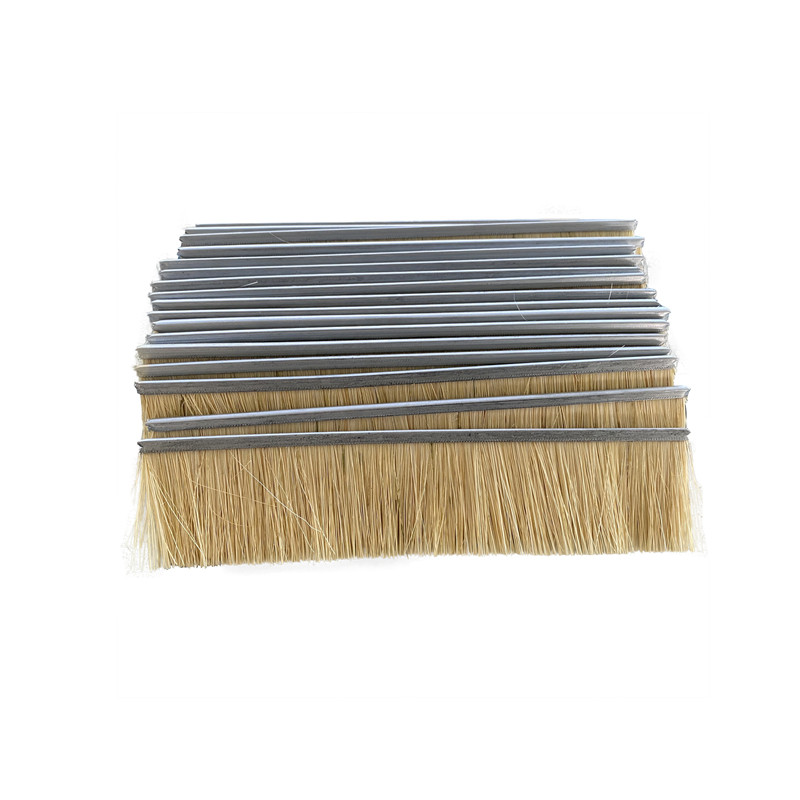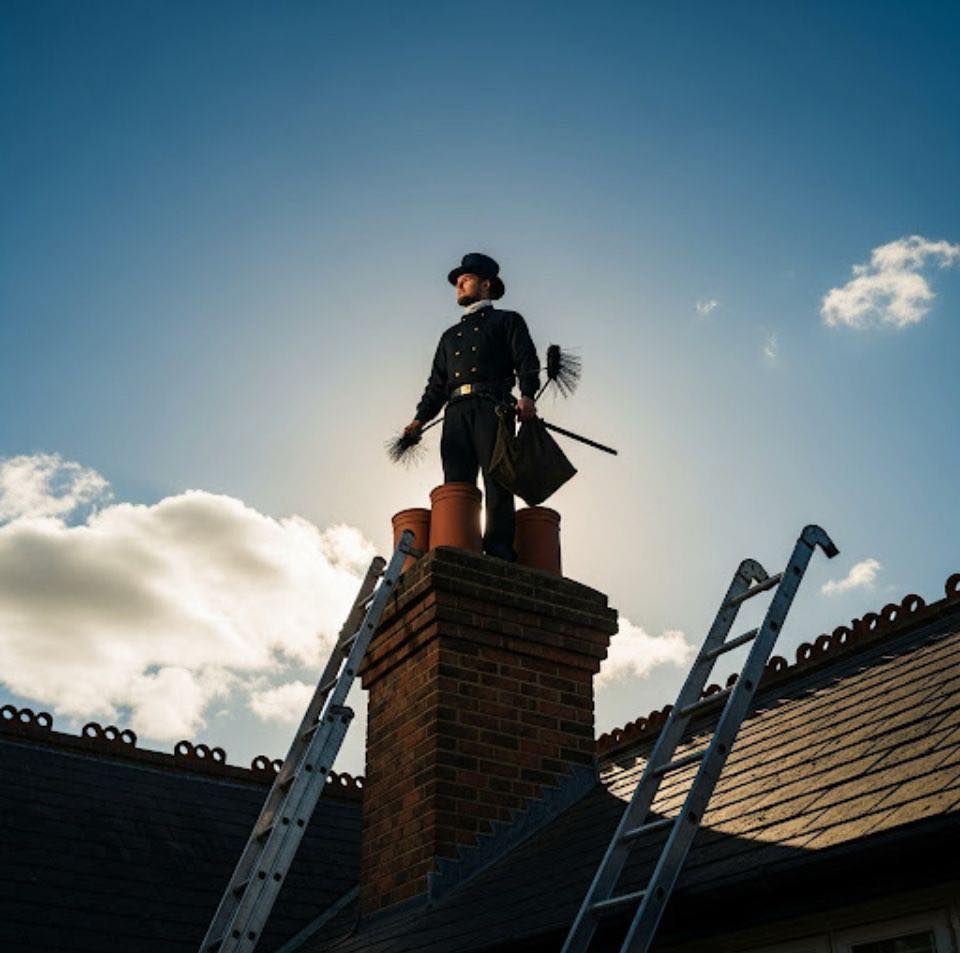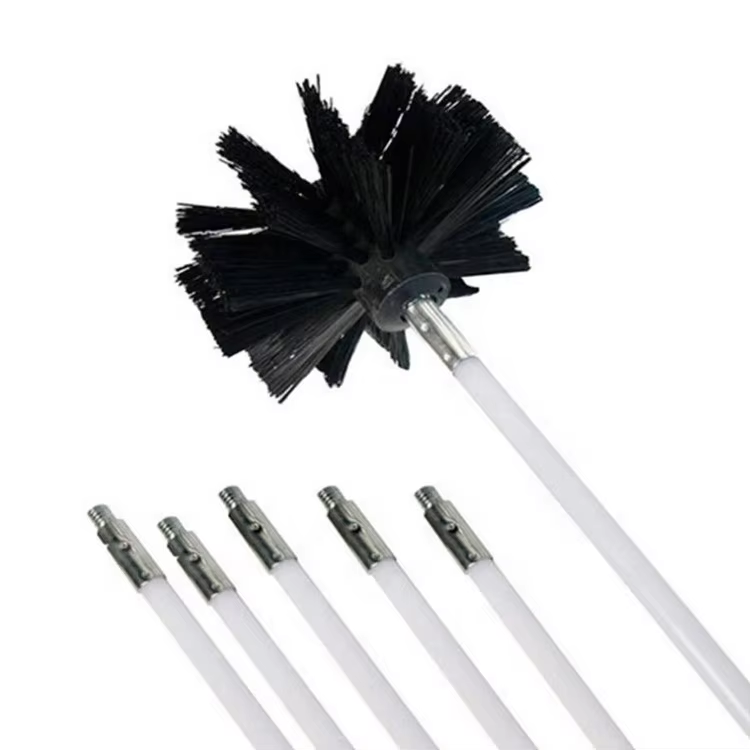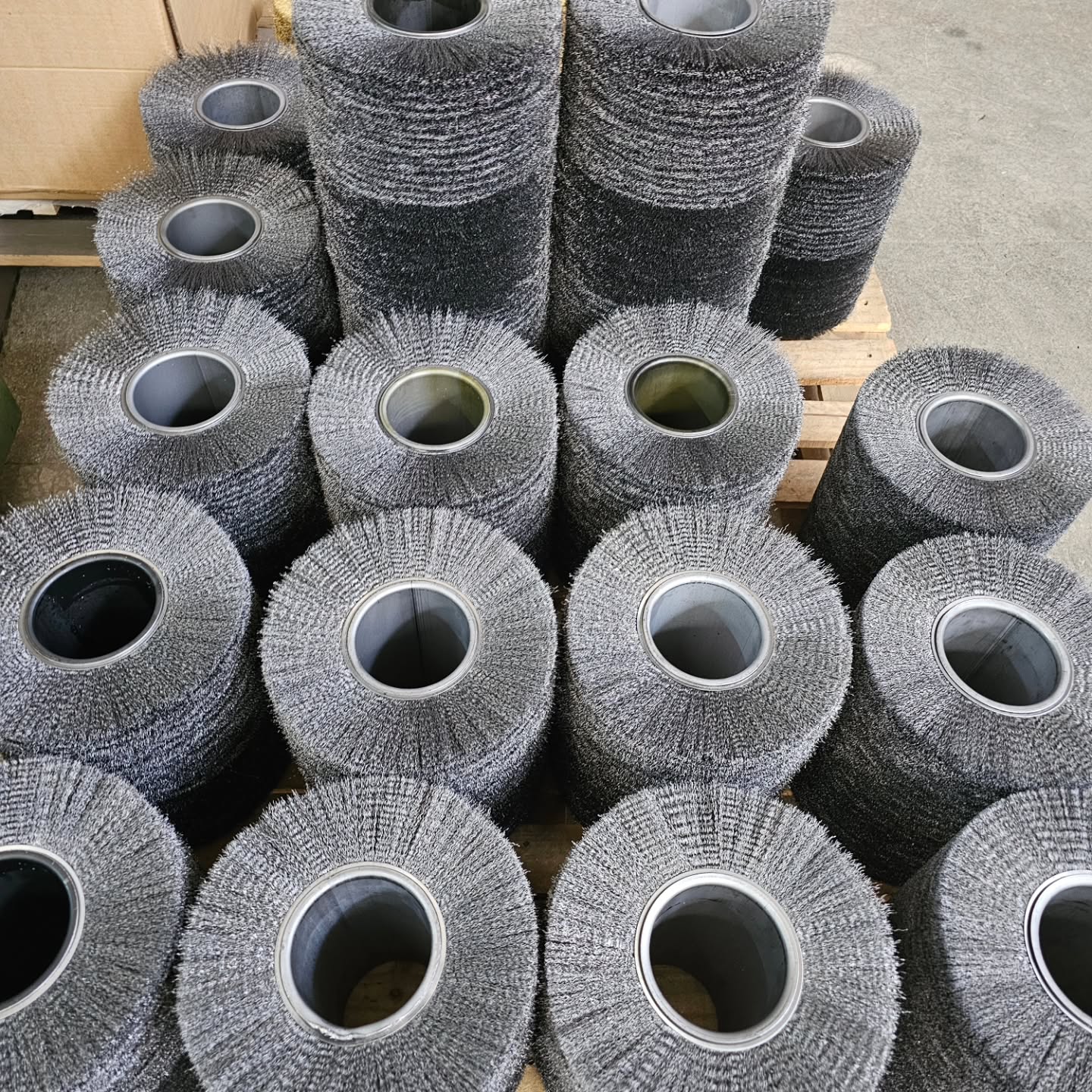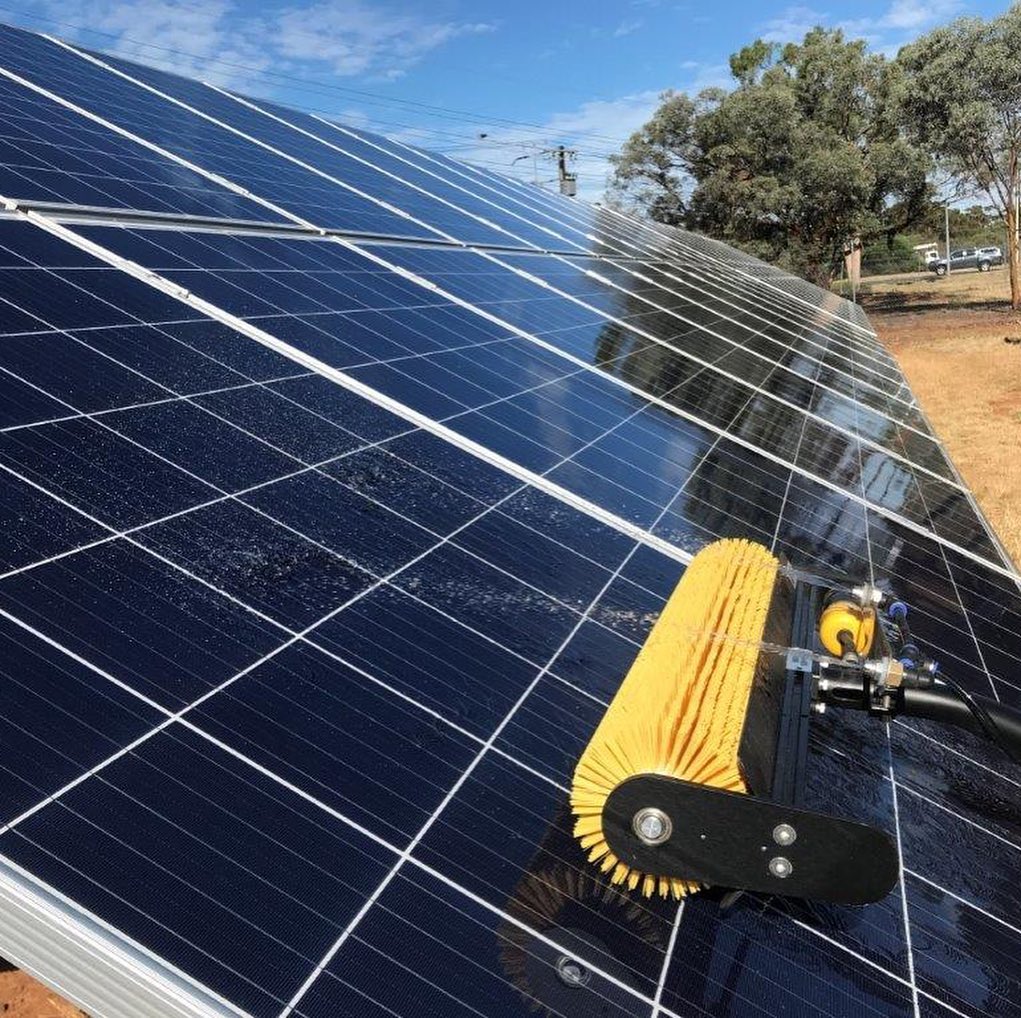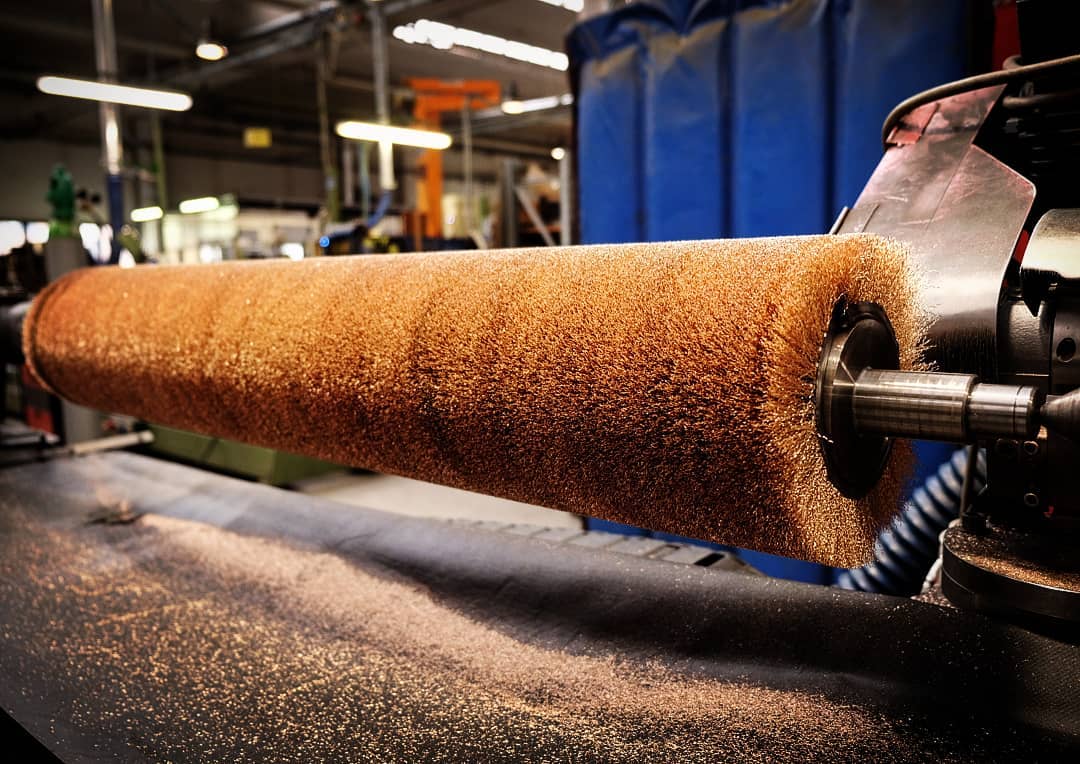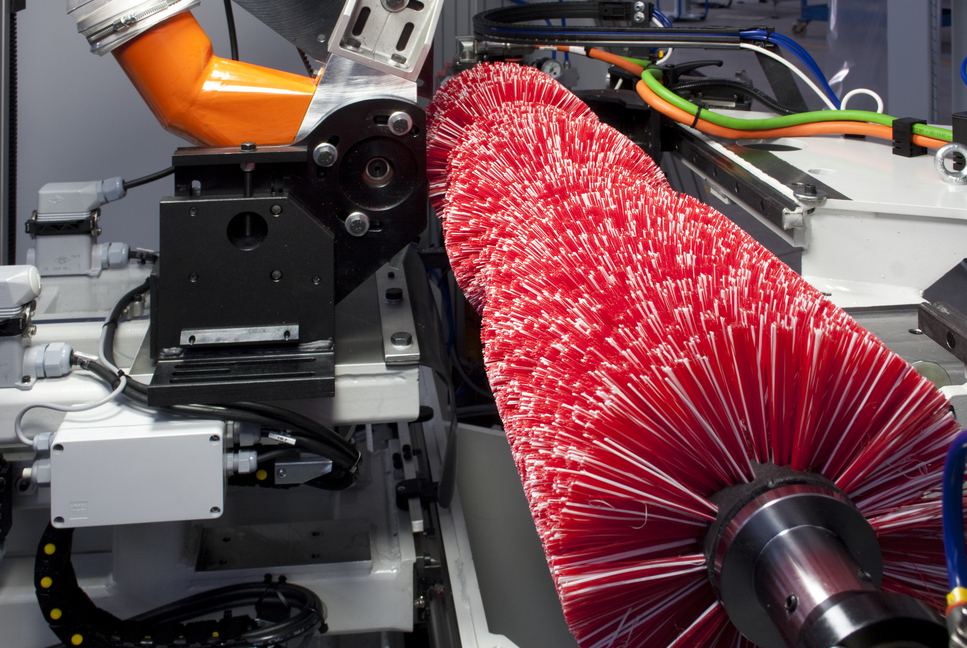目次
Choosing the right chimney brush is crucial for effective and safe chimney cleaning. When it comes time to clean your chimney, selecting the appropriate brush ensures you remove dangerous creosote buildup and debris, which helps prevent chimney fires. Chimney brushes come in different shapes, sizes, and materials, each suited to specific chimney types. Understanding these differences helps ensure you pick the best chimney sweep brush for your particular setup.
How to Choose the Right Chimney Brush
Selecting the correct chimney brush involves three primary considerations: the chimney liner material, the flue shape, and the size of your chimney flue.
1. Identify the Chimney Material
The first step in choosing the right chimney brush is identifying the chimney lining material. Chimneys can be lined with brick, stone, or stainless steel. Each material type requires a specific brush to prevent damage and maximize cleaning efficiency.
- Masonry Chimneys: Typically made from brick or stone, masonry chimneys require a wire chimney brush. Wire brushes, constructed with durable steel bristles, effectively scrub tough creosote and soot without damaging masonry surfaces.
- Metal or Stainless Steel Chimneys: For metal-lined chimneys, such as those with stainless steel liners, a poly chimney brush is recommended. Made from synthetic materials like nylon or polypropylene, poly brushes prevent scratching the chimney liner, preserving its integrity and reducing future creosote accumulation.
2. Determine the Shape of Your Chimney Flue
Next, determine the shape of your chimney flue. Chimney liners commonly come in four shapes: round, square, rectangular, and oval. Selecting the brush shape that closely matches your chimney ensures thorough cleaning.
- Round Chimney Flues: Round brushes are ideal for standard round liners, common in wood stoves and metal chimney systems.
- Square or Rectangular Flues: Masonry chimneys often have square or rectangular liners. Brushes designed for these shapes ensure efficient cleaning by fitting snugly against all sides of the chimney walls.
- Oval Flues: Though less common, oval liners require specially shaped brushes to effectively reach and clean every surface.
For unusual or custom-shaped chimneys, some manufacturers provide customized chimney brushes tailored specifically to your chimney dimensions.
3. Measure the Chimney Flue Size
Correct sizing is critical. To measure your chimney flue, first remove your chimney cap safely from the roof and measure the internal dimensions using a measuring tape.
- Round Chimneys: Measure the diameter inside the flue. If your chimney is 6 inches wide, use a 6-inch round brush.
- Square or Rectangular Chimneys: Measure the length and width of the flue’s interior. For instance, an 8-by-12-inch flue requires an 8-by-12-inch brush.
Using an undersized brush will leave harmful residue behind, increasing fire risk. Oversized brushes can become stuck or cause damage, especially in metal-lined flues. Always choose a brush matching your chimney’s exact dimensions for safe and effective cleaning.
Wire vs. Poly Chimney Brushes: A Detailed Comparison
Understanding the distinction between wire and poly chimney brushes helps ensure the appropriate choice for your cleaning needs:
- Wire Brushes: Featuring rigid, steel bristles, wire brushes tackle tough creosote deposits commonly found in brick or stone chimneys. They are robust and ideal for heavy-duty cleaning.
- Poly Brushes: With flexible synthetic bristles, poly brushes are gentler, perfect for stainless steel or metal-lined chimneys. They effectively clean without scratching, maintaining the chimney liner’s smooth surface to reduce future creosote buildup.
Additional Tools and Accessories for Chimney Cleaning
Besides selecting the correct chimney brush, successful chimney sweeping also involves several important accessories:
- Flexible Chimney Rods: These rods attach to your chimney brush, allowing you to reach down the chimney from the top safely and thoroughly. Flexible rods are particularly useful for chimneys with bends or curves.
- Creosote Removers: Chemical creosote removers help loosen buildup before brushing, making the cleaning process more effective.
- Protective Gear: Safety goggles, gloves, and a dust mask are essential to protect yourself from soot and debris during cleaning.
Chimney Brush Kits
A chimney brush kit provides an all-in-one solution, typically including a chimney brush, compatible rods, and an adapter. Kits simplify the process by ensuring compatibility of all included items, especially helpful for homeowners performing their first chimney sweep.
Professional Chimney Sweeping vs. DIY
While many homeowners successfully undertake chimney cleaning as a DIY project, it requires careful consideration. The task involves working at heights and handling chimney rods and brushes correctly. If improperly cleaned, creosote and debris can remain, increasing fire risk.
If you’re uncertain about performing chimney maintenance safely, consider hiring a professional chimney sweep. Professionals often utilize video inspection to ensure thorough cleaning and identify any structural concerns, providing peace of mind and thorough maintenance.
Inspecting Chimney Caps During Cleaning
During the cleaning process, it’s advisable to inspect your chimney cap. Caps prevent debris, water, and animals from entering your chimney, but they deteriorate over time. Checking and replacing the cap during chimney cleaning helps maintain overall chimney integrity.
Conclusion: The Best Chimney Brush for Your Needs
Ultimately, choosing the best chimney sweep brush depends on clearly understanding your chimney’s material, shape, and dimensions. Wire brushes provide robust cleaning for masonry chimneys, while poly brushes are optimal for metal liners. Accurate measurement ensures effective cleaning and safe chimney operation. With the right tools, careful preparation, and regular maintenance, homeowners can significantly enhance chimney safety and performance.

